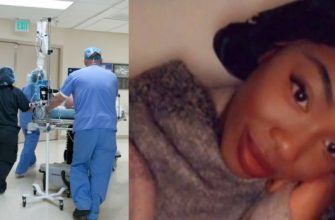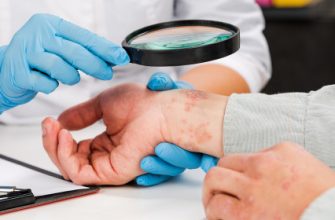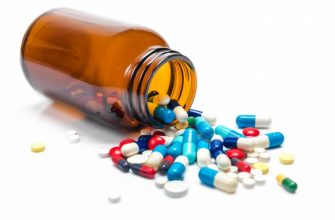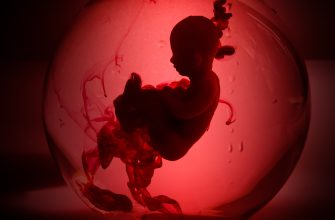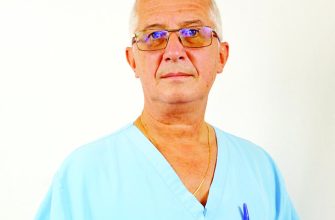An FDA advisory committee on Thursday gave strong backing to a monoclonal antibody against respiratory syncytial virus (RSV) to prevent lower respiratory tract disease (LRTD) in infants as well as in at-risk children up to 24 months of age.
In a unanimous vote, all 21 members of the Antimicrobial Drugs Advisory Committee agreed that the risk-benefit assessment for nirsevimab is favorable for the prevention of LRTD in neonates and infants born during or entering their first RSV season.
Additionally, 19 of 21 members voted that the risk-benefit assessment was favorable for preventing LRTD in kids up to 24 months of age who remain vulnerable to severe RSV disease through their second RSV season.
“I’ve been taking care of kids with RSV for more than 40 years, and I’m excited about this,” said committee member Michael Green, MD, MPH, of the University of Pittsburgh.
Panelist Karen Kotloff, MD, of the University of Maryland School of Medicine, said she voted yes “because I think that there is a very well-characterized burden of severe disease that needs to be prevented.”
She said a single, long-acting dose will improve compliance, and that the data supporting the application were “robust.”
“They addressed a diversity of relevant risk groups and demographic groups, and [studies] were very well conducted,” she said. “And I think that the safety data were also compelling.”
However, Kotloff highlighted several caveats, including that there aren’t enough data to “assess benefit-risk in the kids who are older than 6 to 8 months of age because they had so few events. … It’s really a matter of, is the disease burden sufficient to warrant a recommendation in that age group?”
“I also think that implementation especially with a lot of variance these days in seasonality will be challenging, and will have to be considered very carefully,” she added. “I think that effectiveness studies that address some of these issues will also be really important post-licensure.”
Panelist Sally Hunsberger, PhD, of the NIH, who voted “no” on the question of risk-benefit assessment in at-risk children up to 24 months of age, said she was “uncomfortable” with relying on extrapolated data to make a decision for this population.
“I worried that if I voted ‘yes,’ then maybe there wouldn’t be quite as much studying done,” Hunsberger said. “So it’s a bit of a weak ‘no,’ but hopefully that will just emphasize that I feel like we do need more more data on this. I think we need to do more studies to totally understand this.”
Nirsevimab is a long-acting RSV fusion protein inhibitor monoclonal antibody delivered via intramuscular injection that was developed by AstraZeneca. Its proposed indication is prevention of LRTD due to RSV in neonates and infants born during or entering their first RSV season, and in children up to 24 months who remain vulnerable to severe RSV disease through their second RSV season.
Much attention has been paid to RSV as of late, with the approval of two new vaccines for adults age 60 and up: GlaxoSmithKline’s Arexvy and Pfizer’s Abrysvo. In addition, another FDA advisory committee recently voted to recommend approval of Pfizer’s RSV vaccine in the second or third trimester of pregnancy to prevent respiratory tract illness in infants.
In light of the potential approval of a maternal RSV vaccine, committee members weighed in on what additional data may be helpful to inform future recommendations about using nirsevimab in infants whose mothers received an RSV vaccine.
“Additional data that might be helpful with the future availability of maternal RSV vaccine and regarding the use of monoclonal antibody, really relates to how the epidemiology of this disease might change, and … whether or not the average age of disease may be pushed out to an older … age for first infection, and whether or not we have all the data we want for those older infants in terms of dosing,” said Mary Anne Jackson, MD, of Children’s Mercy and the University of Missouri in Kansas City.
RSV causes a significant burden of disease among infants in the U.S. every year, according to AstraZeneca’s presentation to the committee, including about 100 deaths, between 33,000 and 80,000 hospitalizations, 150,000 emergency department visits, 400,000 physician office or clinic visits, and 590,000 medically attended lower respiratory tract infections.
Currently, there is only one drug — palivizumab (Synagis) — that is approved for prevention of serious lower respiratory tract disease due to RSV in certain high-risk infants and children.
Palivizumab is administered monthly, while nirsevimab would be given once as a single dose prior to or during RSV season.
Infants weighing under 5 kg would get a single 50-mg dose of nirsevimab, while those weighing 5 kg and up would get a 100-mg dose. Children less than 24 months of age who are entering their second RSV season would get a single 200-mg dose.
Safety and efficacy data for the monoclonal antibody largely come from three trials: Trial 03, Trial 04 (MELODY), and Trial 05 (MEDLEY). The first two trials assessed infants in their first RSV season, and the third was conducted in high-risk infants over two RSV seasons.
Trial 03, a phase IIb double-blind, placebo-controlled trial that randomized 1,453 participants to a 50-mg dose regardless of weight, showed incidence of medically attended LRTD due to RSV through day 150 post-dose was 2.6% in the treated group and 9.5% in the placebo group (RR 70.1%, 95% CI 52.3-81.2, P<0.0001). A significantly smaller proportion of patients in the treated group were hospitalized (0.8% vs 4.1% with placebo; RR 78.4%, 95% CI 51.9-90.3, P=0.0002).
As a result of the pandemic, Trial 04, a phase III double-blind, placebo-controlled trial, had to be paused. A total of 1,490 participants, the “primary cohort,” were enrolled before COVID. And an additional 1,522 were enrolled when the trial resumed. In the interim, in the primary cohort, the incidence of medically attended LRTD through day 150 was 1.2% in the nirsevimab group and 5% in the placebo group (RR 74.9%, 95% CI 50.6-87.3, P<0.0001). The incidence of hospitalization, a secondary endpoint, was not statistically significant (0.6% vs 1.6%).
FDA said in its review of the data for the monoclonal antibody that efficacy was demonstrated in both trials, but also noted that few infants older than 8 months were enrolled in the studies, and that the benefit-risk analysis in this age group “may need additional consideration.”
Additionally, in terms of efficacy for high-risk children, FDA further said it “agreed with the applicant” that data could be extrapolated from Trials 03 and 04 to the “highest-risk” infants in Trial 05, which was designed to assess safety. Furthermore, pharmacokinetic (PK) data could be considered “bridging evidence” to support efficacy in this population, FDA said.
Trial 05 showed that over 360 days, the most common adverse effects (AEs) for nirsevimab were agitation or irritability (0.7%), increased temperature (0.5%), and rash (0.3%). There were no reports of anaphylaxis or immune complex disease in trials.
While FDA is not bound to follow the recommendations of its advisory committees, it typically does.
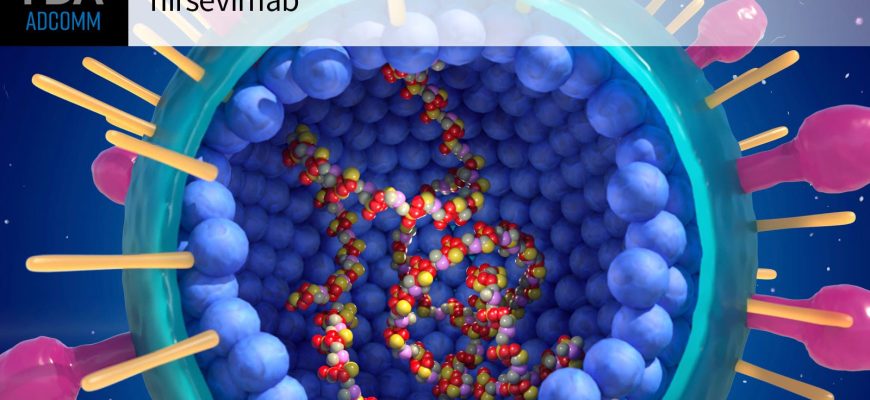
![author['full_name']](https://clf1.medpagetoday.com/media/images/author/Jennifer_Henderson_Photo_188.jpg)
